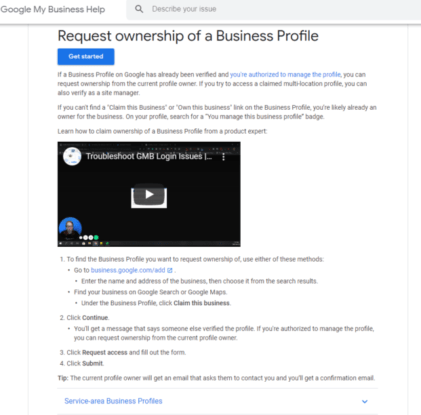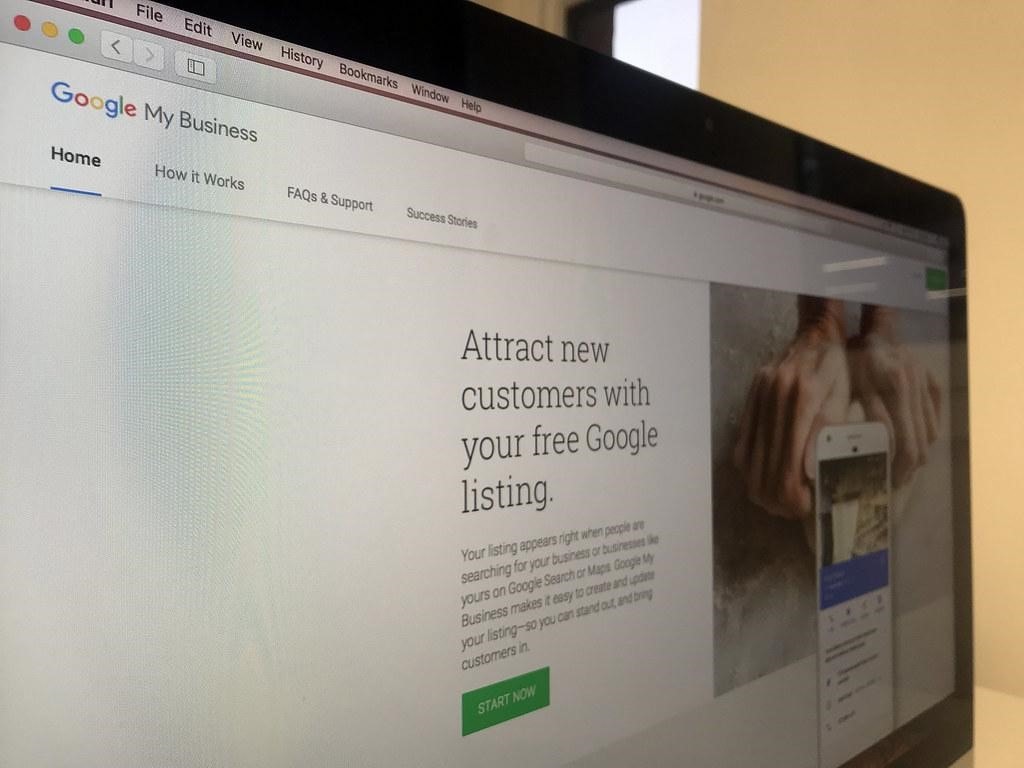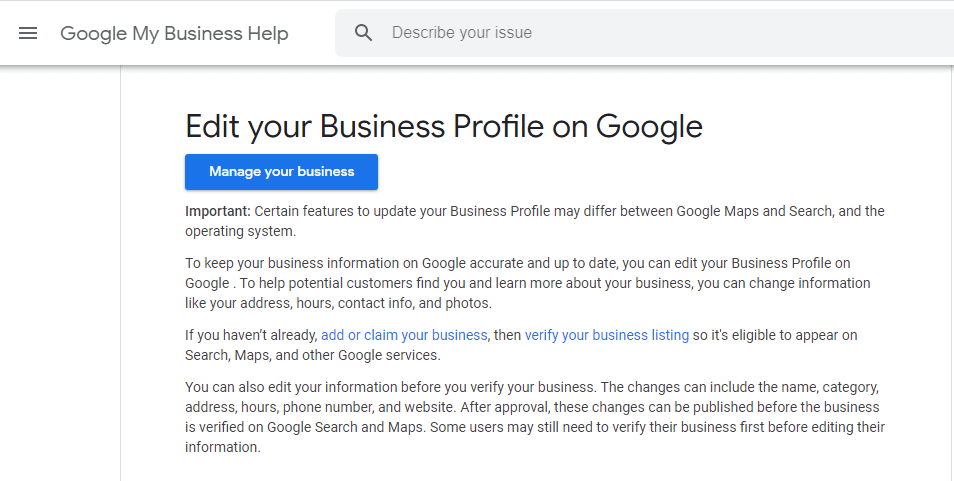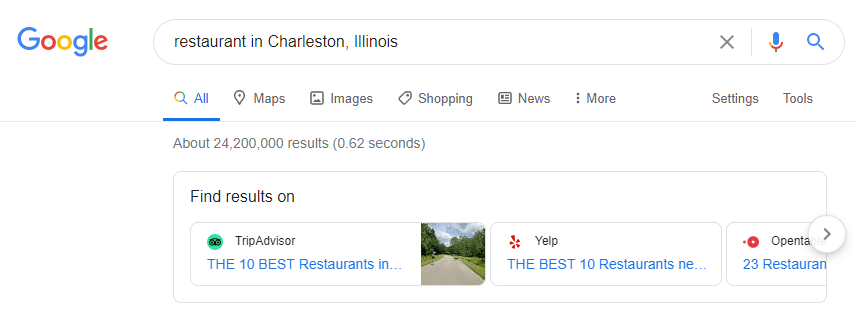Once you have done all of the groundwork that results in your local SEO is exceptional, you will then need to regularly track just how well it’s performing. You must continue to track, measure, and analyze the reports of your SEO impact. The good news is that you have access to an almost endless volume of data. The bad news is that the data you have access to is not always of value, and it’s easy to get swept up in low-value data sets that redirect your SEO goals. An example of this is ‘vanity metrics’. These are essential social media likes and shares, which, although being of value in terms of audience reach, have much less critical when it comes to your SEO.
Choosing the Right Analytics Data
Your first step is to identify your key performance indicators (KPIs). These will be the relevant insights that highlight how well you are doing in terms of your local SEO goals and are best performed by taking the following steps.
Step One: Check Your SERP Ranking
Take the time to regularly check how high you appear on a search engine results page when you type in (or say) your keywords. Don’t forget to carry out these checks across all of the top search engines, not just Google.
Step Two: Local Search Rankings
As well as checking your performance on search engines, you also need to evaluate your footprint on local sites. From Facebook and Yelp to Citysearch and any other third-party sites that are relevant to your industry, make sure that you not only have a presence but also check regularly how you rank on those sites. If you find that you are either too low in those rankings or that you are starting to appear lower and lower, then it’s a sign that your competitors are paying more attention to those platforms than you are, and reaping the rewards. Don’t forget to interact with reviews on third-party platforms, because engagement is more critical than ever, even (or especially) if you see negative reviews.
Step Three: Consistency Checks
Never underestimate how important it is to remain consistent everywhere that you appear online. That means all of your information (contact details, address, and branding images) are the same, no matter where a customer sees you. That means you have to be very aware of the platforms that you appear on and monitoring those lists regularly. This can be a time-consuming task, but the more organized you are, the faster it will go! Don’t forget to check out your competitors on those pages too.
Step Four: Activity Analytics
This is where the crux of your local SEO strategy will play out. Your website will have tools available that will give you some key pieces of data, including:
- The websites that have brought people to your website
- The pages that they visit when on your site
- What actions they take when on your pages
This is critical. If you notice that Facebook is sending more people to your site than Twitter, then you have a clearer idea of where your target demographics are spending their time online. However, if those people coming to your website from Twitter are more likely to make a purchase, then it may be that you need to start using that platform more.











